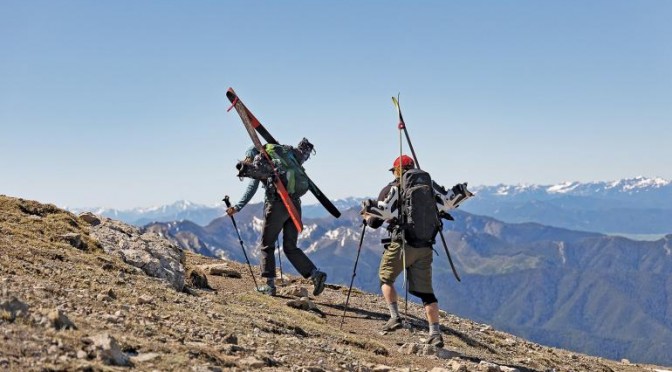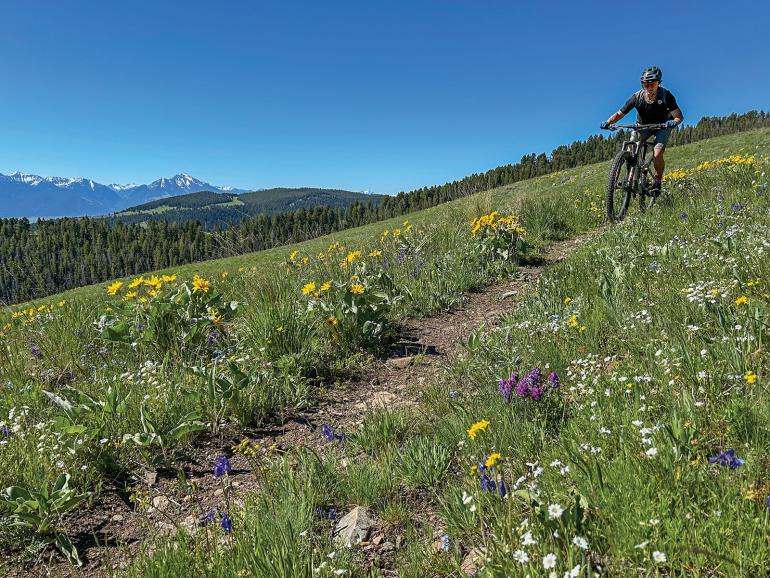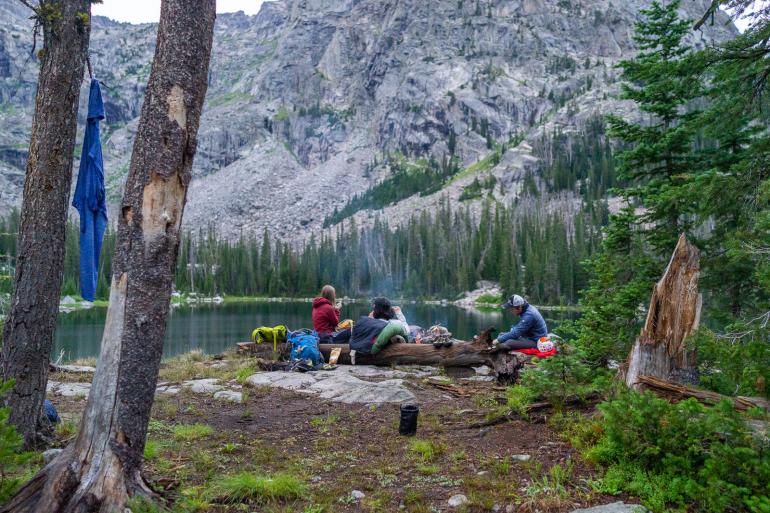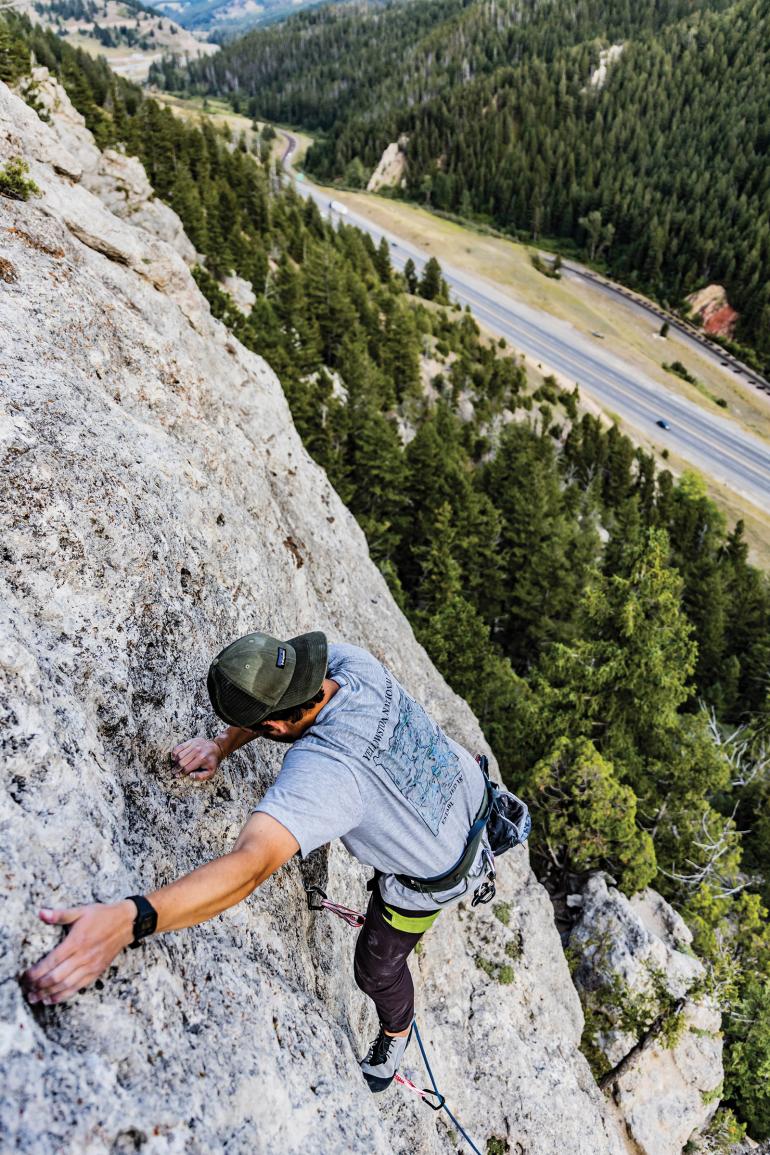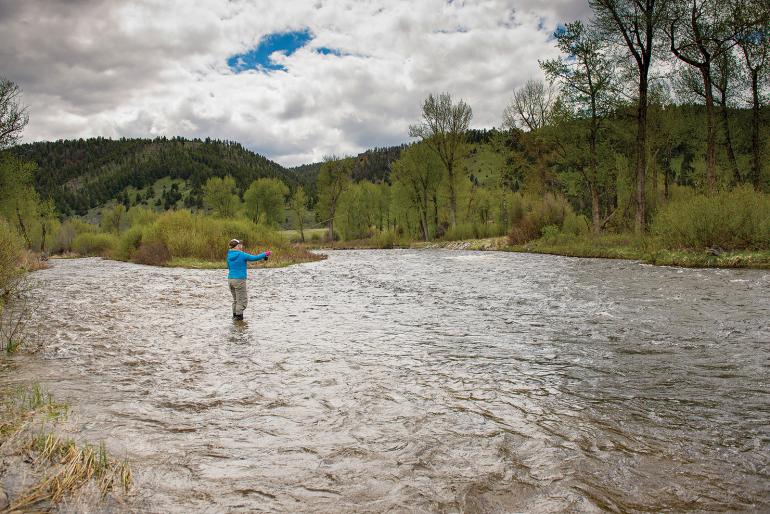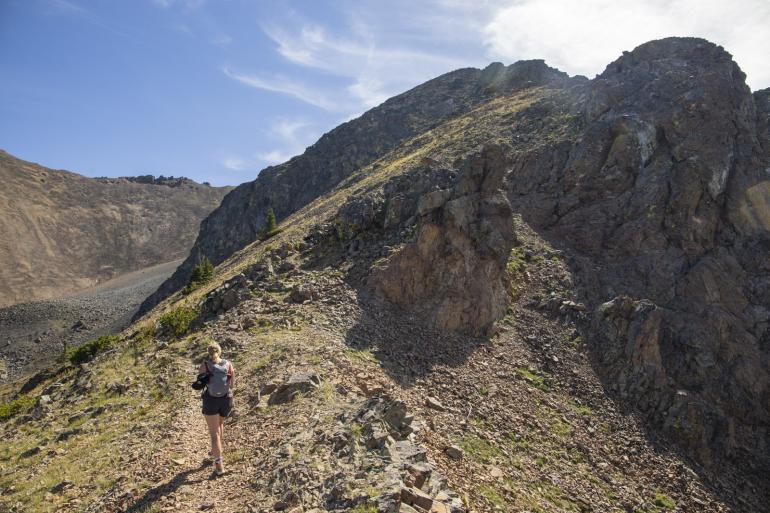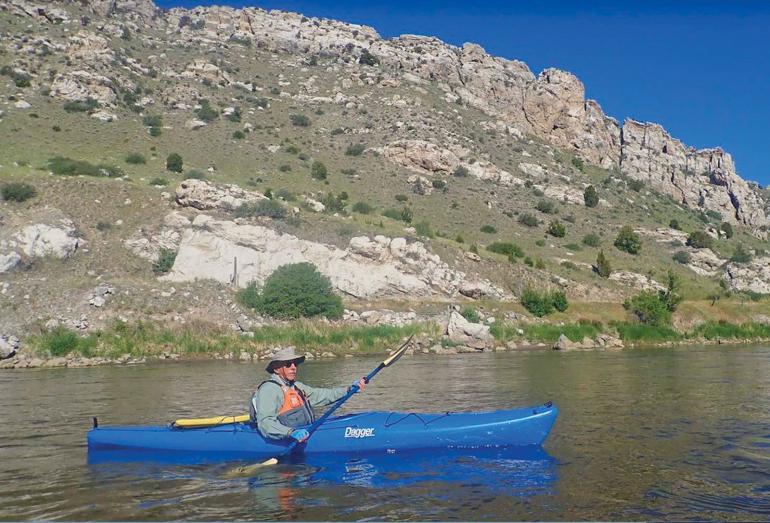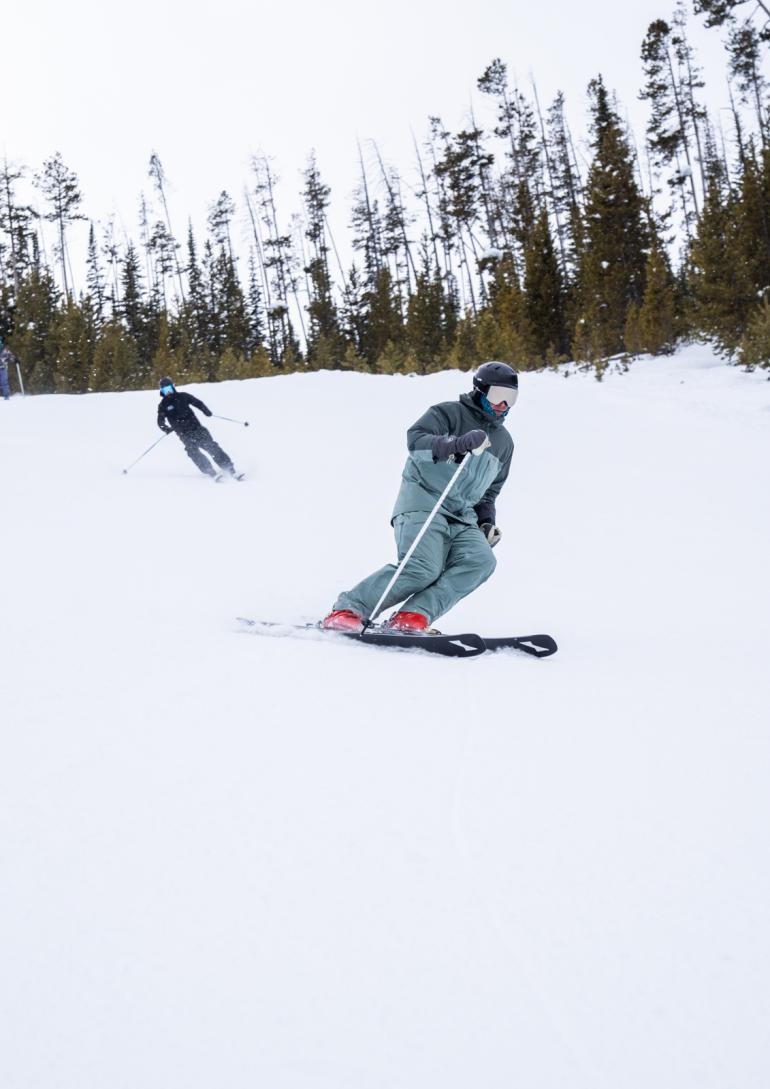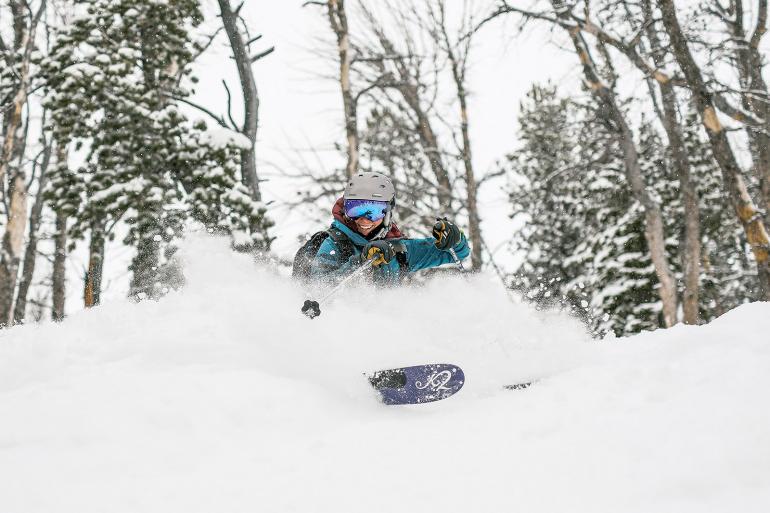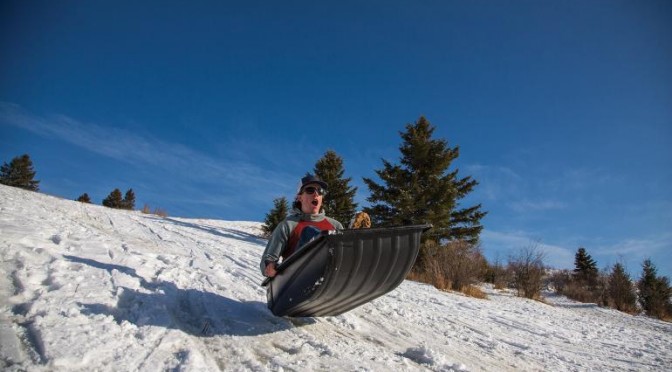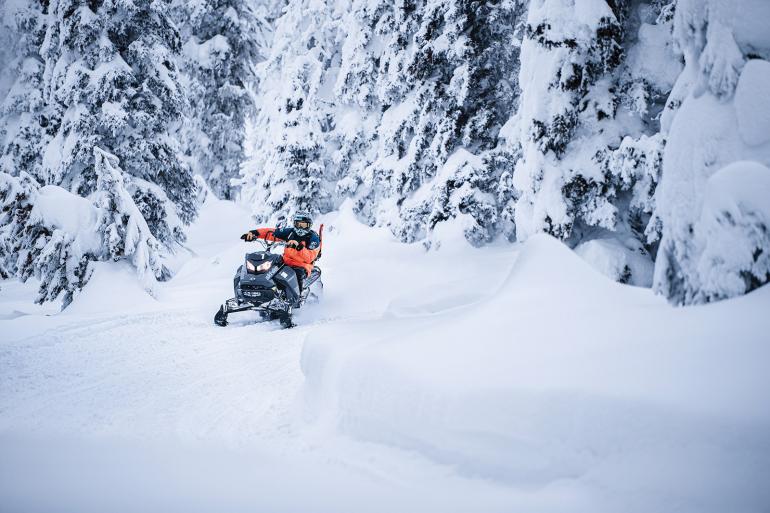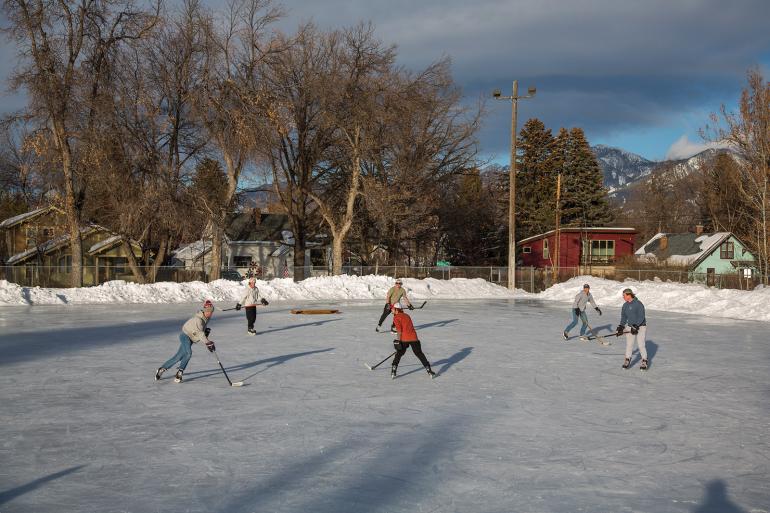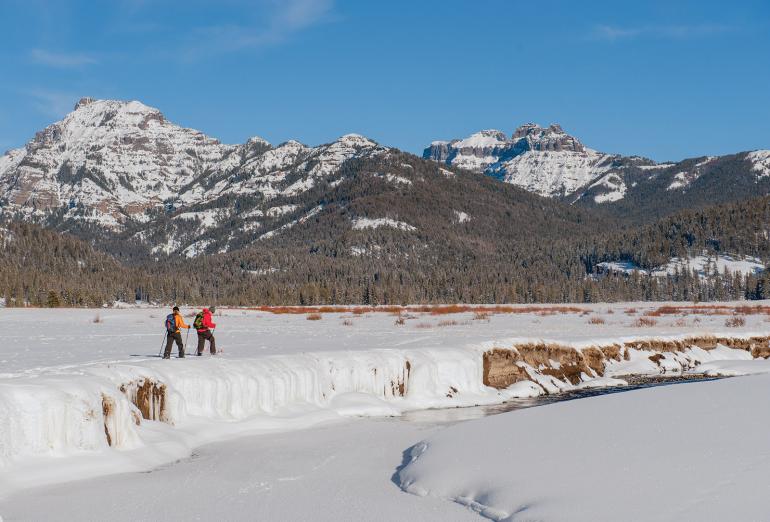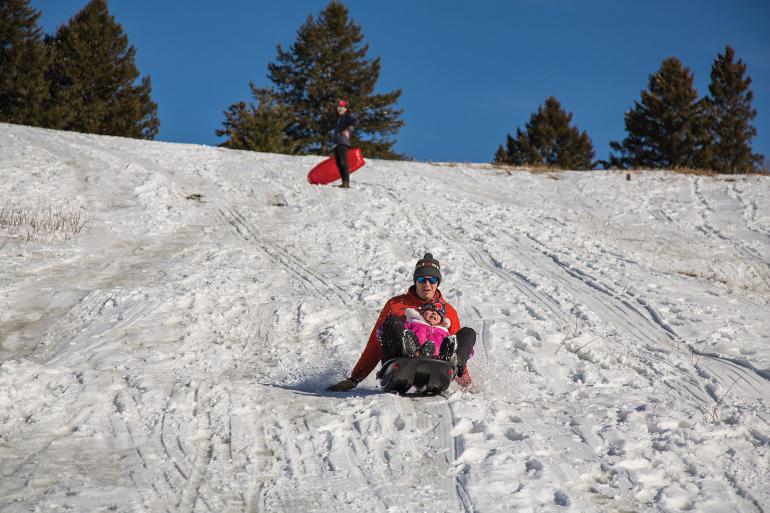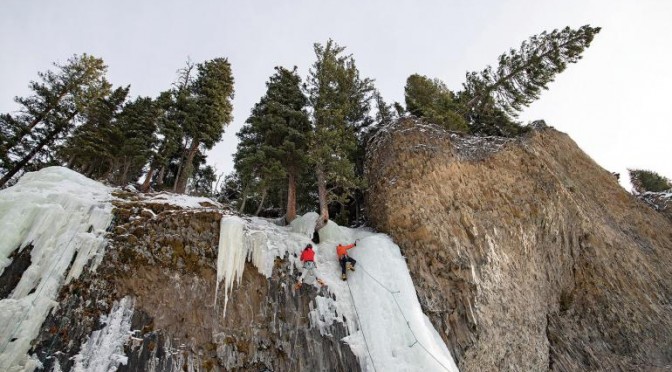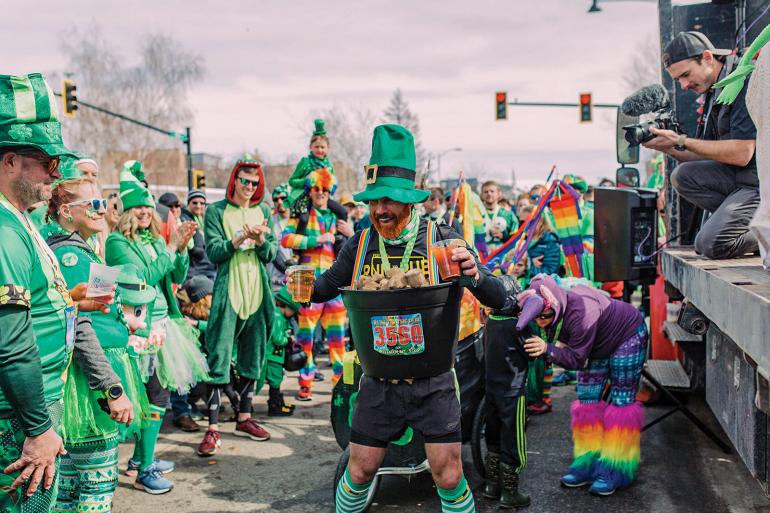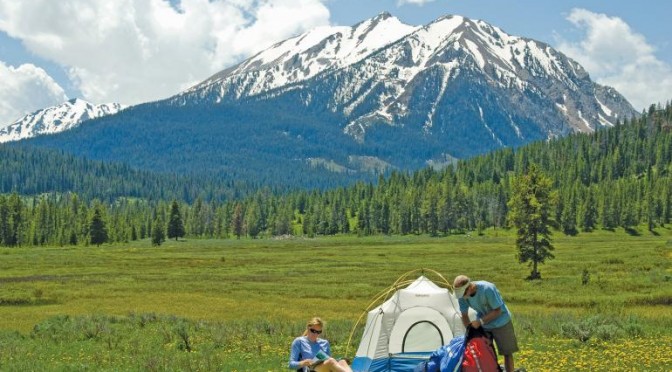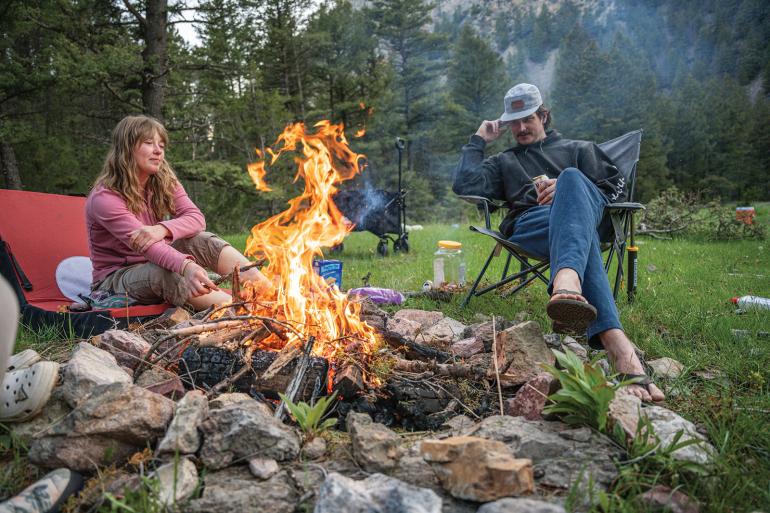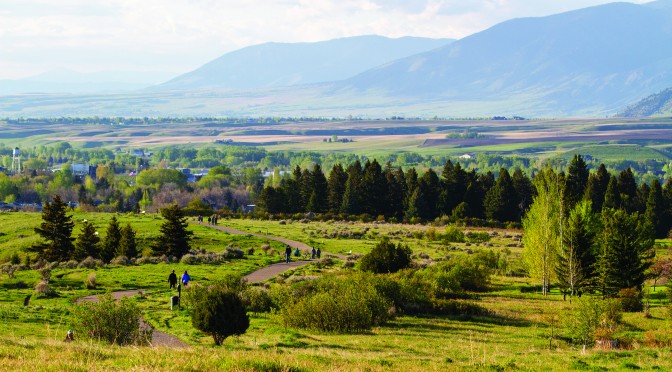Learning the lingo of your new outdoor hobby.
Picking up a new activity is hard enough, and trying to figure out what your more advanced counterparts are talking about doesn’t make it any easier. With so much hyper-specific lingo—much of which is not intuitive—understanding what the hell your mentors are saying can be half the battle. Thankfully, we’ve compiled some of the most common jargon you’re likely to hear, from the river’s edge to the ridge and everywhere in between. So read on, and maybe someday you’ll be able to not just walk the walk, but talk the talk.
BIKING
Tacky / Hero Dirt / Brown Pow
Dirt that is mostly smooth, mostly rock-free, and has just enough moisture to hold your tires like glue. The ideal trail condition.
Clipless
Pedals that lock your shoes in place while you bike. Confusing, we know.
OTB (Over the Bars)
An unplanned dismount resulting from an abrupt change in speed which catapults you over your handlebars.
Technical
Steep, difficult trails with rocks, roots, and tight turns that demand precise movement and control. Often abbreviated by biker bros as simply “tech.”
Flow
Smooth, sculpted trails built for speed with berms, rollers, and jumps.
Rooster Tail
The spray of dirt or dust kicked up by your rear tire as you accelerate through a corner or berm. Cool kids truncate this metaphor to “roost.”
—Adam Brown
CAMPING
Camp Spice
Flavor acquired by dirt and other natural objects getting into your camp food. “Don’t worry about it, dude. It’s just a bit of camp spice.”
Base Weight
The minimum cumulative weight of one’s packed backpack and gear without accounting for food & water.
Cowboy Camping
Sleeping out under the stars without a tent, tarp, or overhead structure.
Camel-Up
Drinking extra while at a water source to reduce the risk of possible dehydration later.
Freestanding
A tent whose structure relies on tent poles included with the tent
Non-Freestanding
A tent whose structure relies on other objects—such as trekking poles or sticks—not included with the tent.
Dirty Dinner
The first meal one consumes after returning from a trip to the backcountry; typically a gut-buster.
—Megan Gorsky
CLIMBING
Beta Spraying
Sharing the sequence of moves, tips, or tricks for a climb without being prompted to. An impressively annoying faux pas.
Protection
Gear—including cams, nuts, and quickdraws—climbers place to catch falls. Often shortened to just “pro.”
Runout
A long stretch between pieces of protection. Falling here comes with consequences.
Yarding
Grabbing the rope, gear, or quickdraws to haul yourself upward instead of climbing clean.
Pumped
When your forearms fill with lactic acid from exertion and your grip strength plummets—often the consequence of squeezing holds harder than necessary.
Flapper
A flap of skin forcibly removed from your fingertip or palm by the rock face.
Bail biner
The sacrificial carabiner you leave behind when you can’t finish a climb.
—Fischer Genau
FISHING
Honey Hole / Honey Bucket
A particularly productive section of water that reliably holds good-sized fish.
High- or Low-Holed
When another angler cuts in close and begins fishing the water you were working toward; high-holed for upstream and low-holed for downstream. Widely considered one of the worst offenses in fishing etiquette.
Hog, Pig, Toad, Lunker, Slab
A fish that’s notably larger than average for the species.
Skunked
A day fishing with nothing to show for it. Often accompanied by excuses about weather, water levels, etc.
LDR (Long-Distance Release)
When a hooked fish throws the hook or comes unbuttoned before being brought to hand. Sometimes celebrated as “intentional catch-and-release from afar.”
—Adam Brown
HIKING
Type 1 Fun
An excursion that is fun while you’re doing it.
Type 2 Fun
An excursion that stinks, but is fun to reminisce on afterwards.
Bonk
To hit the physical wall from over-exertion or lack of calories.
Cairn
A small stack of rocks delineating the trail. Don’t build new ones; it mars the landscape and can mislead future hikers.
Trail Magic
Unexpected acts of kindness, generosity, or good fortune on the trail; i.e., just as you were about to give up and turn around, a stranger appears, providing snacks, encouragement, and guidance.
Hiker Funk
The potent, unmistakable odor that clings to hikers after a long outing. A combination of sweat, sunscreen, moldy socks, and body odor.
—Adam Brown
PADDLING
Eddy
Pools of still water near the banks of a river caused by the current backfilling negative space behind rocks or other obstructions into the river.
Tongue
The smooth, fast water in the middle of a wave—the best place to be. Everybody loves a tongue ride.
Rig to Flip
To rig your gear in such a way that it remains secure even if you flip. Often used in conjunction with “Let’s get rowdy.”
Bootie Beer
A punishment for kayakers who were unable to roll their boat and are subsequently made to drink a beer from their river shoe—a.k.a. bootie.
Maytagged
The generally horrifying experience of being recirculated underwater, akin to being stuck in a washing machine’s spin cycle.
—Carson Sprague
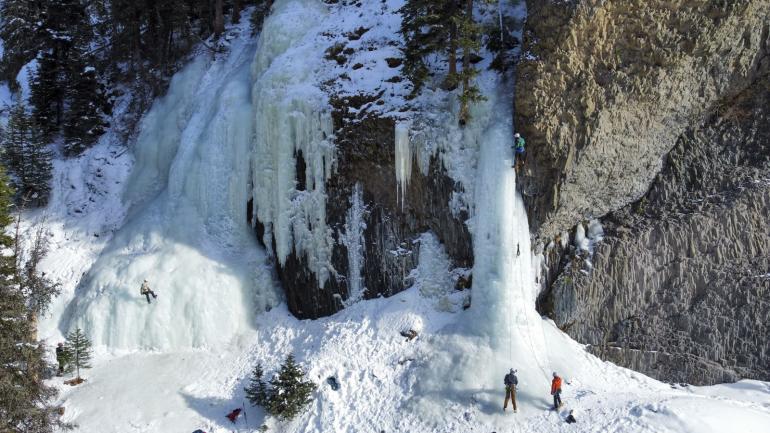
ICE CLIMBING
Ice Tools
Curved axes designed for climbing ice. Different than mountaineering axes, which are made for climbing snow.
Frontpoints
The often-serrated tips of your crampons that grip the ice as you kick.
Screamin’ Barfies
The painful sensation of blood rushing back into the fingers after climbing a cold, strenuous pitch—often accompanied by dry-heaving or vomiting.
V-Thread
A type of anchor built by drilling two intersecting holes in the ice with ice screws, which a rope can be threaded through.
Dinner Plates
Scary, delaminating ice that typically forms on convex bulges or where ice is intermixed with snow.
Hero Ice
Perfect, sticky blue ice that is easy to swing into and holds your tools solidly. This is what it’s all about!
—Jack Taylor
NORDIC SKIING
Cross-Country
A blanket term encompassing general touring, skate skiing, and metal-edge touring. Also known as Nordic skiing.
Classic Technique
A traditional cross-country skiing style where opposite arm and leg move together. Also known as kick & glide or diagonal stride.
Scales
The fish-scale-like pattern on the bottom of a traditional cross-country ski, providing traction for the kick portion of the aforementioned kick & glide.
Skate Skiing
A technique where the skier keeps the tips of the skis apart and pushes off side-to-side, mimicking ice skating.
Groomed Trail
Trails smoothed and maintained by machines, often found at Nordic ski resorts but also on public trails and golf courses.
Basket
A plastic disk near the end of a ski pole that prevents it from sinking into snow, allowing the skier to push off.
—Leah Veress
SKIING
Après Ski
French for “after ski,” though a more realistic translation would be “after party.”
Tomahawk
A crash that sends you ass-over-teakettle over and over, as though you were a spinning tomahawk.
Bluebird
When the sun is shining, the sky is clear, and the visibility is unlimited. It’s bluebird, baby.
Yard Sale
A wreck that scatters your gear across the slope, making it appear as though you’re having an impromptu yard sale.
Face Shot
When the powder’s so deep that your turns kick snow up into your face. An unbeatable, inimitable feeling.
Jerry/Gaper
An unexperienced, novice skier who’s generally oblivious to the codes of the mountain. Named for the unmistakable gap between the brim of the helmet and the top of the goggles.
—Carson Sprague

